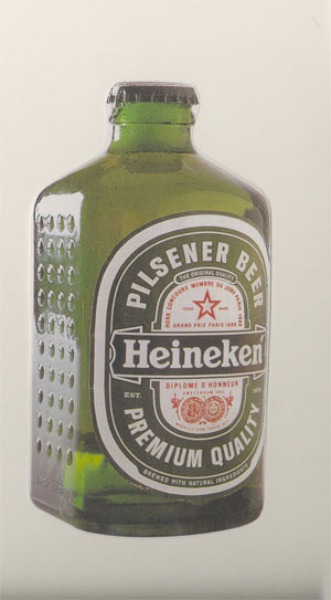There are plenty of examples of structures built from recycled materials—even Buddhist temples have been made from them. In Sima Valley, California, an entire village known as Grandma Prisbey’s Bottle Village was constructed from reused glass. But this is no new concept—back in 1960, executives at the Heineken brewery drew up a plan for a “brick that holds beer,” a rectangular beer bottle that could also be used to build homes.
Gerard Adriaan Heineken acquired the “Haystack” brewery in 1864 in Amsterdam, marking the formal beginning of the eponymous brand that is now one of the most successful international breweries. Since the first beer consignment was delivered to the United States upon the repeal of Prohibition in 1933, it has been a top seller in the United States. The distinctive, bright green of a Heineken beer bottle can be found in more than 70 countries today.
The founder’s grandson, Alfred Heineken, began his career with the company in 1942 and was later elected Chairman of the Executive Board at Heineken International. Alfred, better known as “Freddy,”oversaw the design of the classic red-starred label released in 1964. He had a good eye for marketing and design.”Had I not been a beer brewer I would have become an advertising man,” he once said. When Freddy’s beer took off in the international market, he made it a point to visit the plants the company had opened as a part of its globalization strategy.
Sunday, May 19, 2013
When Heineken Bottles Were Square
From Smithsonian Magazine's Food and Think blog:

